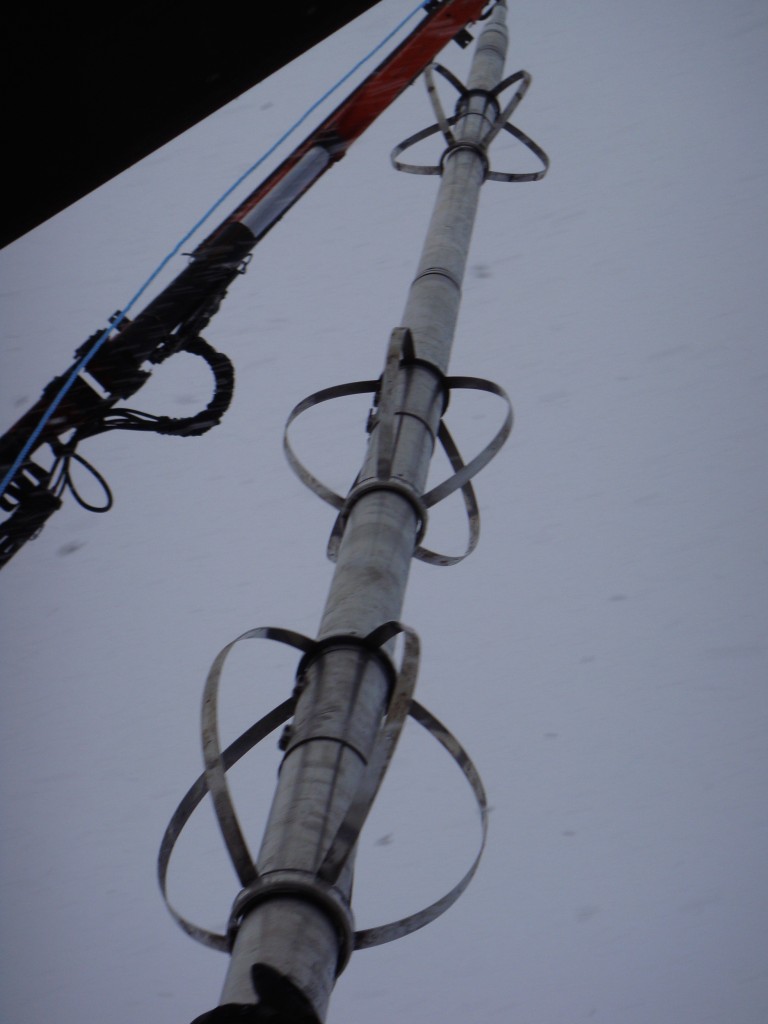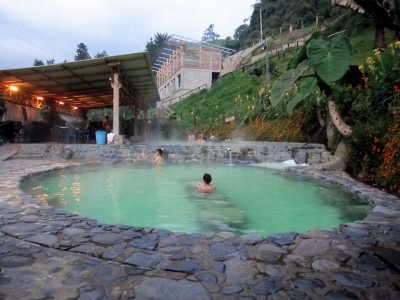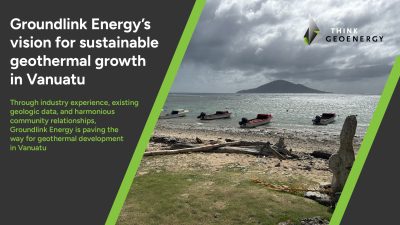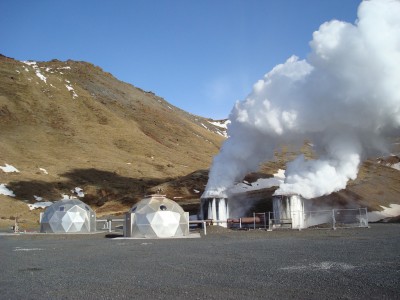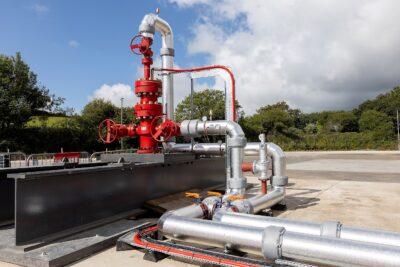New Worldwide Acoustic Borehole Imaging Service for Geothermal
The applications of Acoustic Borehole Imaging (ABI) tools and how advances in ABI technology have lead to a new Worldwide Imaging Service from HADES, the first company to truly offer a global ABI service to the geothermal community.
Geothermal development continues to expand globally and the evolution of downhole measurement instrumentation is progressing just as fast. In particular the advances in downhole imaging tools for geothermal conditions is filling a massive knowledge gap in the industry. Think GeoEnergy looks into the applications of Acoustic Borehole Imaging (ABI) tools and how advances in ABI technology have lead to a new Worldwide Imaging Service from HADES (Hotter and Deeper Exploration Systems), the first company to truly offer a global ABI service to the geothermal community.
Geothermal Acoustic Borehole Imaging began in Coso over ten years ago, with John Stowell from Mount Sopris (MSI) discussing how problems evolving the technology to high-temperature geothermal environments were ‘solved with much research and testing at ALT (Advanced Logic Technology) and support from Reinhard Schepers’. He also says that the ‘initial data was quite good considering the severe doglegs and crooked borehole’. Open-hole image data has since been acquired in new geothermal wells in New Zealand, Japan and the US and is now gaining interest from other parts of the world who are experiencing recent development.
Open borehole imaging has become a natural compliment to standard temperature, pressure and flow measurements and provides the first direct acquisition of lithological, structural, and stress data from the subsurface. Dr. David McNamara, Structural Geologist from GNS Science, supports this in saying “analysis of this acquired borehole image data can help provide detailed information on the structural nature of the reservoir, and when examined alongside well information such as cuttings and core, and other well logs like PTS, allow insights into the role faults and fractures and their associated stress fields play, in fluid flow networks.”
With an escalating number of aging production & injection wells, casing inspection and monitoring has become increasingly important; in this application, second generation (2G) ABI tools quantifiably measure casing thickness. The tools also have the capacity to detect scale build-up, and inhibition is measured with an internal caliper with the ability to detect blocked perforations. The introduction of new interchangeable heads and improved algorithms allow better thickness measurement over a range of casing sizes and a high resolution cement evaluation capability, with Jean-Luc Deltombe, Research and Development director at ALT, adding that ‘our new generation tools feature higher operating temperatures and new telemetry that is supported on long monoconductor wirelines’
It is these advancements in ABI technology that has allowed HADES to provide the first downhole imaging service without borders using technology that is compatible with local wireline equipment. Mike Rickman, a Geothermal Wireline Engineer at HADES, adds that such advancements have ‘dramatically increased mobility & availability and provides remote fields with access to this technology now’. Additionally, HADES engineers will travel globally with the tools and ‘log ABI surveys using the onsite wireline truck with 2G telemetry that is universally compatible on all monoconductor wirelines’, says Mike. With a service that is now cost-comparable to standard geothermal wireline services, HADES have become the leading provider of ABI data enabling easy access to 2G technology anywhere, anytime.
